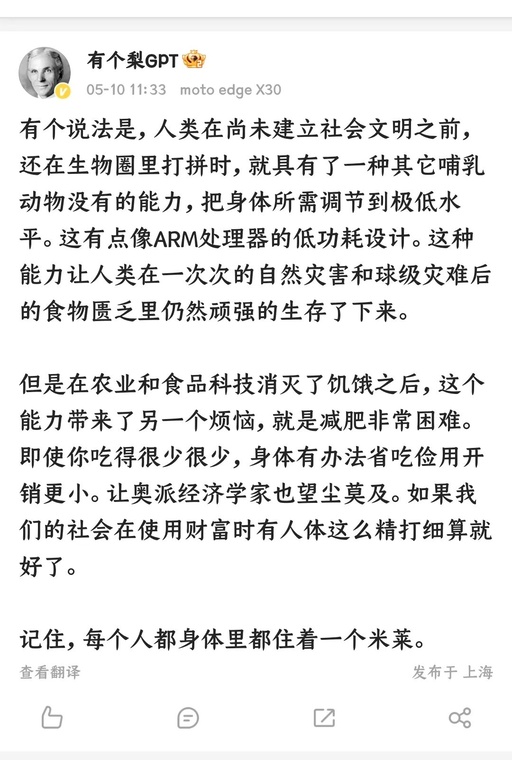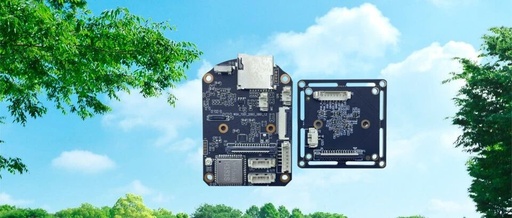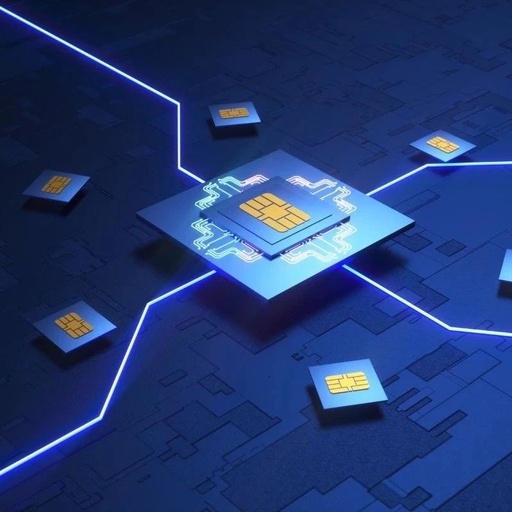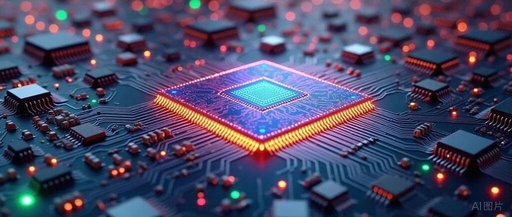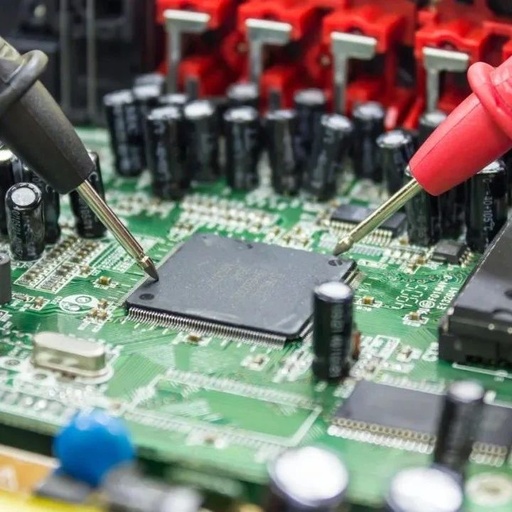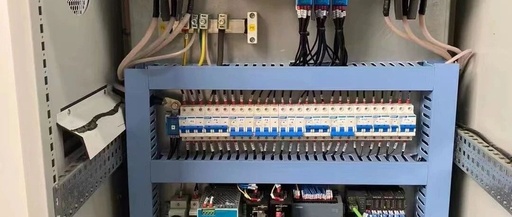Embassy: A Next-Generation Framework for Embedded Applications Built with Rust for Efficient and Safe Asynchronous Applications
Embassy is a next-generation framework for embedded applications that leverages the Rust programming language and its powerful asynchronous features to help developers build safer, more efficient, and energy-saving embedded software. The Advantages of Rust The Rust language is renowned for its high performance, memory safety, and extremely low runtime overhead. It has no runtime, garbage … Read more

